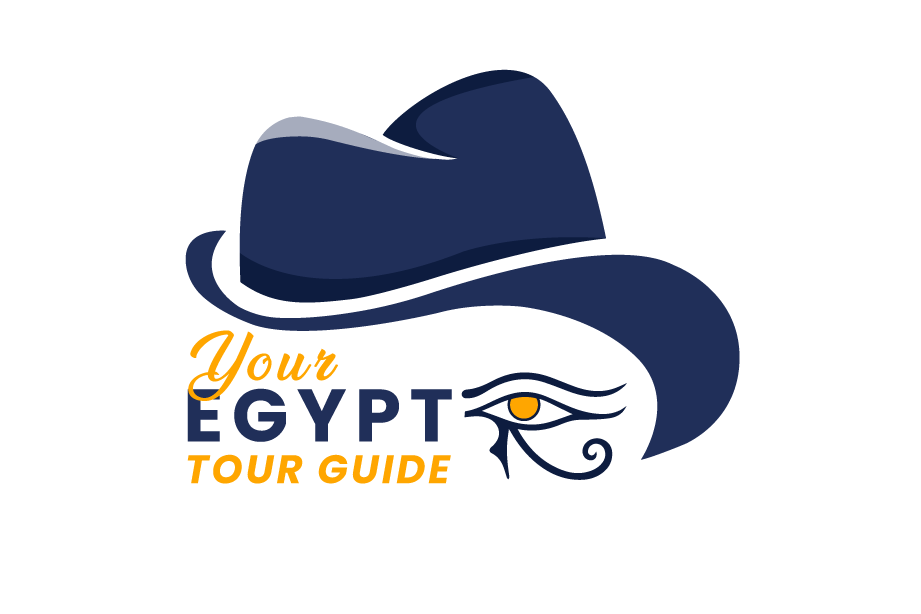The Edfu Temple is an ancient Egyptian temple located in the city of Edfu, in Upper Egypt, about 110 kilometers (68 miles) south of Luxor.
The Edfu Temple is relatively young compared to many other ancient Egyptian temples, dating back to the Ptolemaic period, around 237-57 BCE. It was built on the site of an older temple that dated back to the Old Kingdom period.
The temple was designed in the classic Egyptian style, with a large courtyard, hypostyle hall, and sanctuary. It is dedicated to the falcon god Horus, who was worshipped as a god of the sky, war, and hunting.
The temple is famous for its elaborate decorations, which include a number of impressive reliefs and inscriptions that depict scenes from ancient Egyptian mythology and history. The reliefs are highly detailed and finely executed, and they offer a glimpse into the daily life and beliefs of the ancient Egyptians.
The temple was the site of an important religious festival known as the Festival of Horus, which was held annually to celebrate the victory of Horus over his uncle Seth. The festival was a major event in ancient Egypt and attracted visitors from all over the country.
Horus was one of the most important deities in ancient Egyptian religion and mythology. He was worshipped as the god of the sky, war, hunting, and kingship, and was often depicted as a falcon or as a man with a falcon’s head.
Horus was seen as a protector of the pharaoh and the royal family, and was believed to have helped them maintain their power and authority. He was also associated with the sun, and was believed to be responsible for bringing light and warmth to the world.
One of the most important myths associated with Horus is the story of his battle with his uncle Seth, who had killed Horus’ father, Osiris. In the myth, Horus battles Seth for control of the throne of Egypt, and ultimately emerges victorious. This story was seen as a metaphor for the struggle between order and chaos, and was an important part of ancient Egyptian religion and mythology.
Horus was also associated with the afterlife, and was believed to help guide the souls of the dead to the underworld. He was often depicted in funerary art and was an important figure in the Book of the Dead, a collection of spells and prayers that were intended to help the deceased in the afterlife.
Overall, Horus was a complex and multifaceted deity who played an important role in ancient Egyptian religion and mythology. His association with the pharaoh and the afterlife made him a particularly important figure in ancient Egyptian culture, and his influence can be seen in many aspects of Egyptian art, architecture, and literature.
The Edfu Temple has undergone several rounds of restoration over the centuries, including recent efforts by the Egyptian government to preserve and protect the site. These restoration efforts have helped to maintain the temple’s impressive architecture and artwork for future generations to enjoy.
The Edfu Temple is located on the west bank of the Nile River, which makes it easily accessible by boat. It is also located near a number of other important historical and cultural sites, including the temples of Kom Ombo and Philae.
The temple’s sanctuary is one of its most impressive features. It is located at the back of the temple and is accessed through a series of narrow corridors. The sanctuary contains a large statue of Horus, which was believed to be the god’s actual dwelling place.
Today, the Edfu Temple remains an important historical and cultural site in Egypt. Its impressive architecture, elaborate decorations, and important religious significance make it a must-see destination for anyone interested in ancient history and culture.





